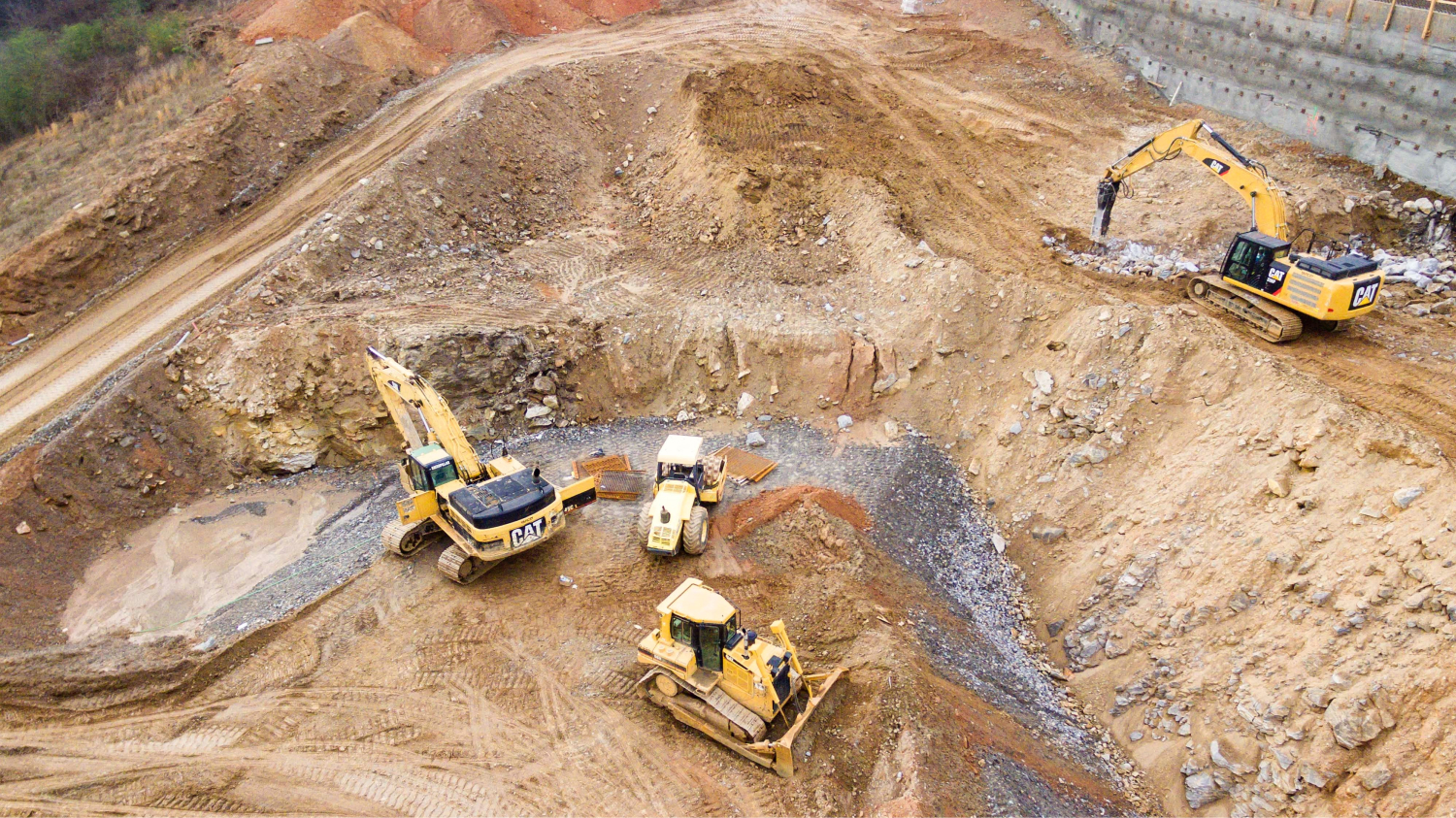There are a lot of voices out there talking about work related safety. There are, of course, the ‘hot spot’ industries for which worker safety and injury prevention are a high priority. The usual suspects when it comes to injury and fatalities are slips, trips, falls from height, being struck by objects and of course, being struck by a vehicle. The latter usually happens when workers and vehicles are sharing confined spaces, like on a construction site or at a busy depot or warehouse.
However, when it comes to work-related personnel/vehicle collision prevention is our messaging strong and targeted enough? By this, I don’t mean scaremongering, but practical, relevant training and information readily available and shared with the people who need it most – the workers on the front line of risk.
The responsibility to keep workplaces physically safe belongs to everyone in the organisation, from the employers right through to the workers. The use of technology has been very helpful in enforcing and enhancing existing safety practices – SiteZone has been a positive influence in this regard. However, alongside there should be an underlying culture of increased awareness by workers who operate in high collision risk jobs. That happens when they are educated about the daily dangers and encouraged to develop a habit of spatial awareness while they are at work.
In the case of worker/vehicle collisions on site, quite often workers on foot are lulled into a false sense of security that they are maintaining safe distances from working vehicles around them. This tends to be accompanied by the misconception that drivers and plant operators, being high up in big vehicles, have a visual advantage and can see everything going on around them. We know that this is not the case as many of these large vehicles have blind spots. Even the most vigilant operator can miss a pedestrian that is too close to a moving vehicle that they are operating.
We can’t assign blame to any single party. However, it seems to me that all relevant parties must work together to improve anti-collision safety standards; if they don’t, mistakes happen, and workers can pay a high price.
Site managers and health and safety managers should play a significant collaborative role to determine where the danger spots are in the workplace. When dealing with construction sites and depots, this is specifically relevant because the dangers involve constant movement of vehicles and people. Identifying the worst areas for collision risk means more targeted, effective and resource efficient safety measures. Through rigorous and regular training of workers about the specific risks, combined with the use of technology, safety performance is bound to increase.
While some high-risk industries, like construction, have improved their safety performance over the last few years, others, like waste, still experience high instances of injury and fatalities due to personnel/vehicle collision. Every employee should return home safe and sound at the end of the working day. For those who work in constant proximity of moving vehicles, the onus is greater to ensure that both driver and pedestrian respect each other’s space and fully understand how to avoid a clash from which there may be no recovery.


